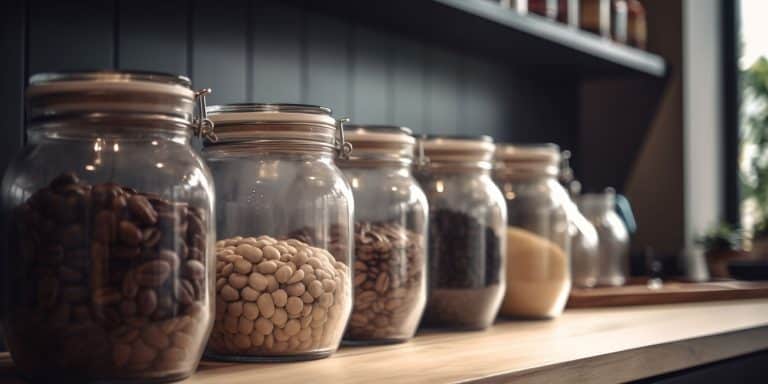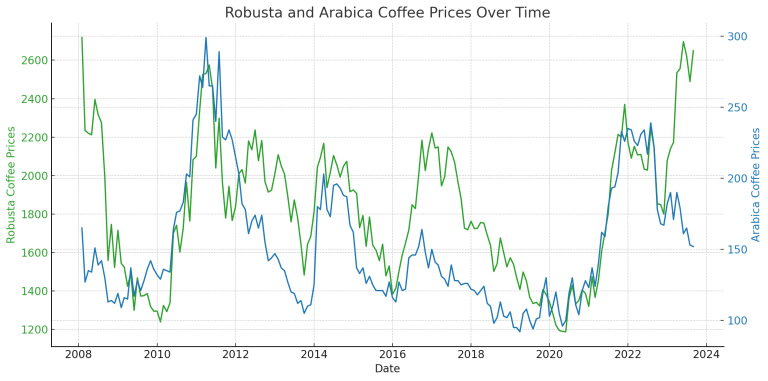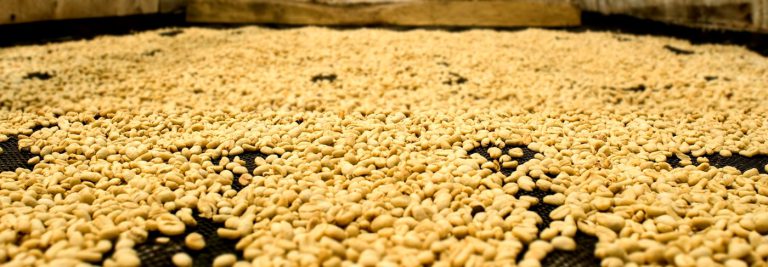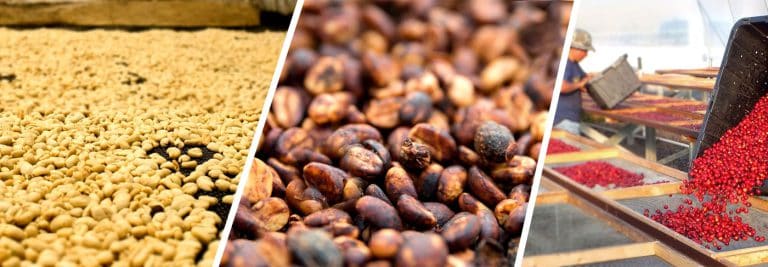What is Shade-Grown Coffee? A Guide to Its Benefits, Taste, & Finding the Right One
Have you found yourself shopping for coffee beans and a “Bird Friendly” seal on the packaging caught your curiosity?
No, it doesn’t mean you can feed them to birds 🙂 It only certifies that the coffee you’re buying is shade-grown instead of being sun-grown.
If this prompts you to ask even more questions, worry not. In this guide, I’ll discuss everything you need to know about shade-grown coffee. After reading through this article, you’ll understand its difference to sun-grown coffee in terms of the farming process, taste, and why shade-grown coffee is the better choice for the environment and for your morning cup of joe.
What is Shade-Grown Coffee?
Shade-grown coffee is exactly what its name suggests – it is the product of planting coffee trees beneath existing foliage that provides natural protection from the elements while creating ample access to sunlight.
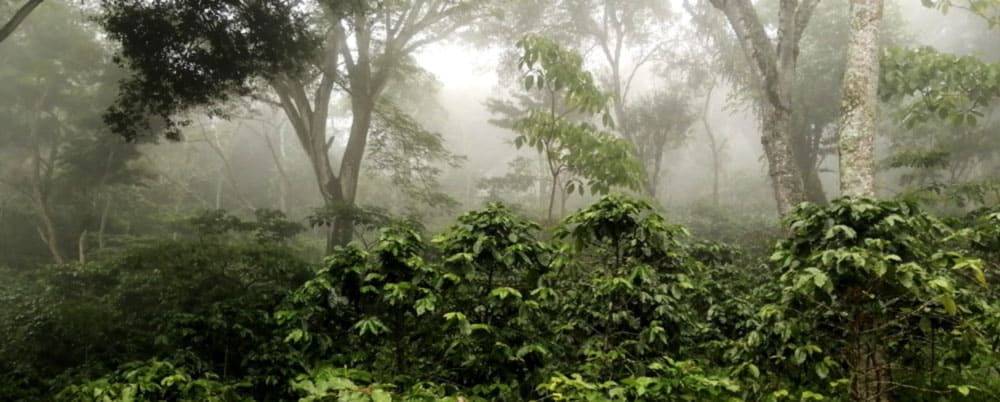
When it comes to coffee farming techniques, many coffee plantations rely on the sun for growth and have traditionally used slash-and-burn methods to clear land for their crops.
Sun-grown coffee requires more space as trees must be removed in order to make room for full sun exposure, which can lead to deforestation and the destruction of wildlife habitats.
Shade-grown coffee, however, offers a greener alternative as they grow under native shade trees.
The Environmental Benefits of Shade-Grown Coffee
The advantages of shade-grown coffee are numerous:
- It is an alternative to the deforestation caused by the coffee industry.
- It helps preserve biodiversity and allows a diverse range of flora and fauna to flourish in their natural habitats.
- Growing coffee in its natural environment also means fewer pesticides and fertilizers need to be used since the ecosystem already provides abundant nutrition from decomposing organic matter.
- Additionally, there’s an improvement in soil fertility through shade-growing. In Nicaragua, shaded coffee was found to have an 18% higher carbon content in the soil compared to coffee with little or no shade.
- Shade-grown farms can even receive a Bird Friendly certification when they meet the needs of migratory birds that rely on the forest’s protection while breeding.
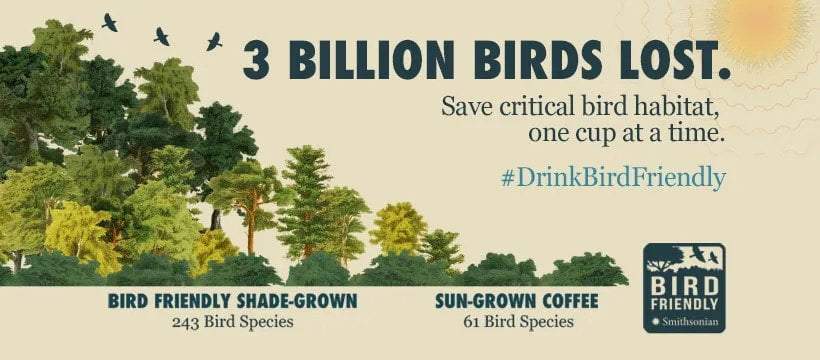
When done correctly with responsible management practices, shade-grown coffee has a huge potential for reducing our global impact on nature without compromising quality or taste. I also find it comforting that by supporting shade-grown coffee products, I also support the movement of making every cup of coffee sustainable and environment-friendly.
Does Shade-Grown Coffee Taste Different From Sun-Grown Coffee?
When it comes to coffee quality and taste, shade-grown coffee is in a league of its own. Shade exposure allows for the uniform maturity of coffee fruits due to soluble sugars in fruits, which can lead to better cup quality attributes.
Furthermore, a study focused on Robusta beans has also found that when grown under medium-intensity light from the sun, coffee plants yielded better flavor compared to plants grown under high-intensity sunlight.
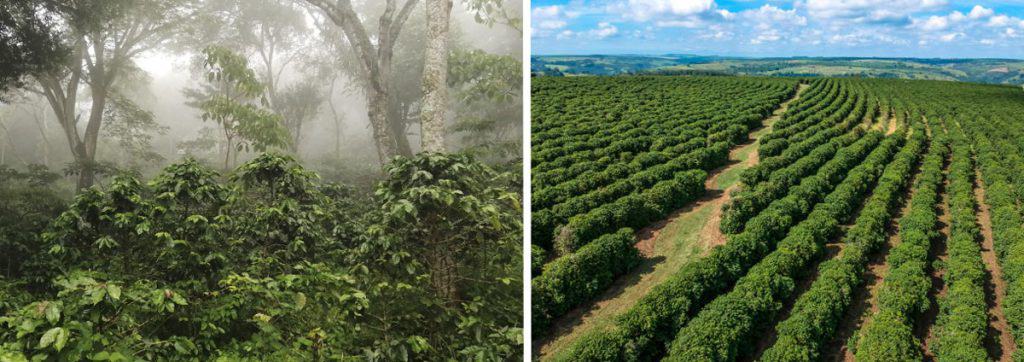
As you know, each batch of roasted beans has its unique personality based on where it was sourced from – but there’s no denying that shade-grown coffees make up some of the best around.
Shade-Grown Coffee Certifications and Labels
Shade grown coffee is certified and labeled through various third parties to guarantee that it meets the criteria for a bird-friendly, sustainable product.
These certifications will let you know that the product you’re buying was produced with minimal deforestation and maximum biodiversity preservation.
The most well-known label associated with shade-grown coffee is the “Bird Friendly®” certification by the Smithsonian Migratory Bird Center. The “Rainforest Alliance Certified” seal also means that your organic coffee is grown using sustainable and eco-friendly methods.
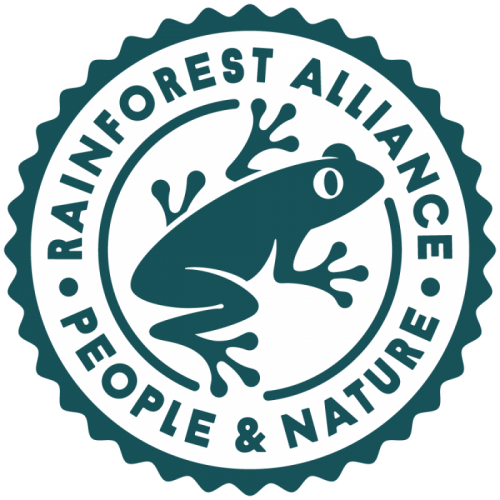
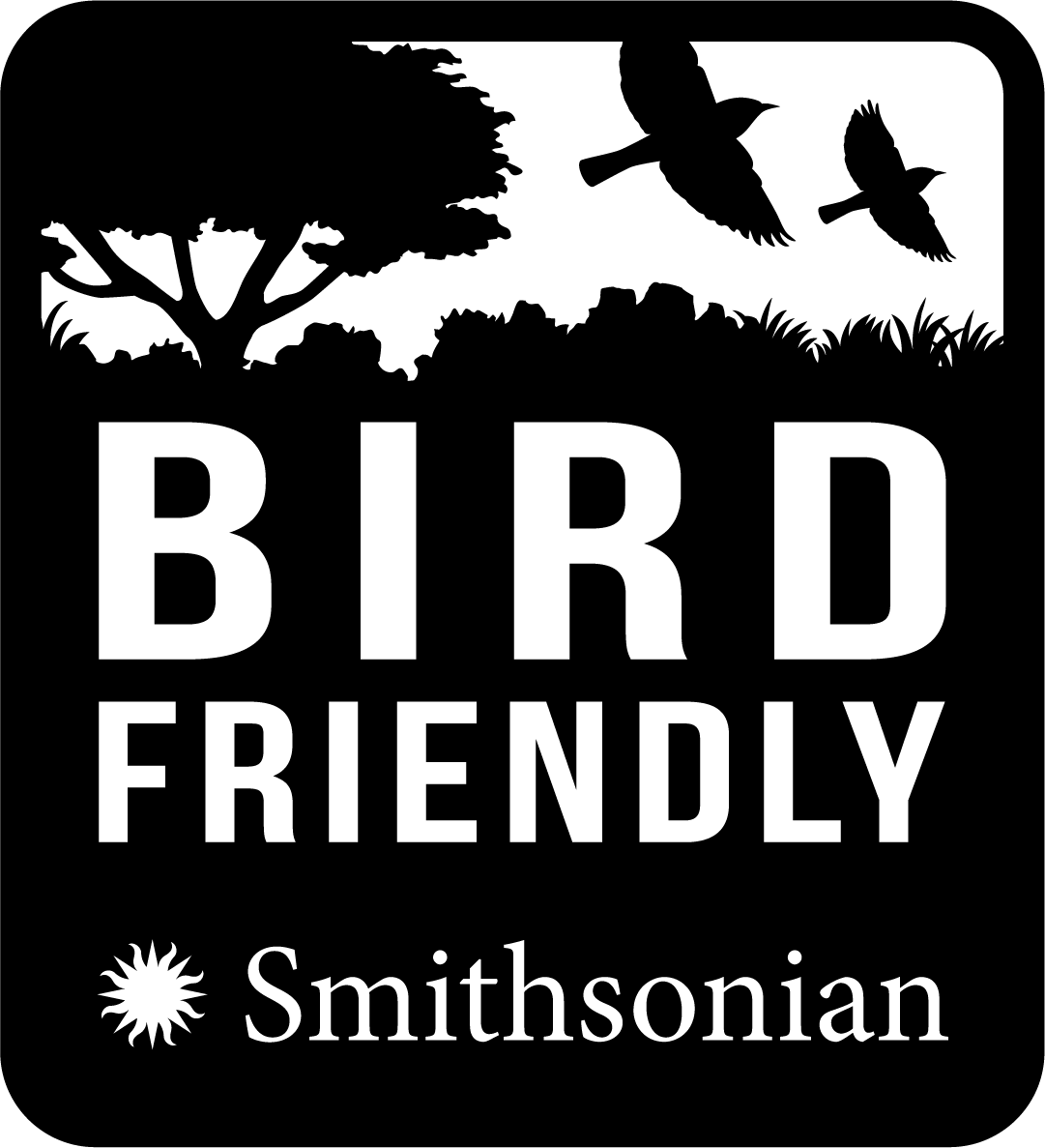
Bird Friendly coffee should prominently display its seal on product labels — so if you don’t see one then chances are your coffee isn’t 100% shade grown.
Where to Buy Shade-Grown Coffee in 2024
When it comes to buying shade-grown coffee, the first thing you’ll want to do is take a look at your local grocery store or specialty coffee shops.
If you’re lucky enough to have one in your area, check if the coffee beans are labeled as “shade-grown” with an actual “Bird Friendly” certification on the package. I also noticed that roaster descriptions that mention specifically growing conditions such as altitude, temperature range, and soil composition, are additional signs that the brands have high ethical standards in sourcing their beans.
That said, if you can’t find something locally then don’t worry; there are plenty of great options online as well. Some products that I recommend you check out are Volcanica Coffee bean products such as Jamaica Blue Mountain Coffee, Zambia Peaberry Coffee, and Colombia Felipe Arcila Orange Velvet.
Frequently Asked Questions (FAQs)
Here are answers to further questions you might have regarding shade-grown coffee:
Yes, shade-grown coffee is generally priced higher than sun-grown coffee due to the extra care and maintenance required for growing in shaded conditions. Shade-grown is also more difficult to harvest than neatly lined sun-grown coffee.
However, it’s important to note that the price difference is often minimal when comparing high-quality shade-grown coffee to other specialty coffees.
The simplest way to support shade-grown coffee farming practices is by making a conscious effort to purchase shade-grown coffee whenever possible. Look for certifications like “Bird Friendly” or “Rainforest Alliance Certified” on the packaging, which indicate that the beans were grown using sustainable methods in heavily-shaded environments.
Unfortunately, not all companies are transparent about their farming practices, so it can be difficult to know for certain whether a particular brand of coffee was grown under shade cover.
The best way to ensure you’re getting genuine shade-grown coffee is by seeking out certified brands and doing your research before making any purchases.
Also, try contacting the company directly if you have any doubts or questions about their production process.
Conclusion
Shade-grown coffee is an ethical and eco-friendly alternative to sun-grown coffee. Plus, I think you’ll find that it is more flavorful if you compare them side-by-side. The most widely recognized certification is the “Bird Friendly” seal from the Smithsonian Migratory Bird Center which is a good indicator that you’re purchasing sustainable and environmentally friendly beans.
While it might cost slightly more than regular blends at first glance, I believe that supporting roasters that take care of their coffee farmers and choose to make ethically harvested products makes all the difference when savoring your morning brew.


